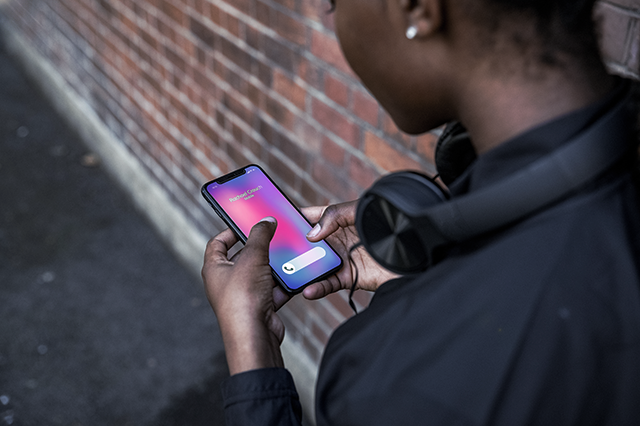Passive Voice Biometrics is Emerging as a Leading Authentication Modality for Remote Channels
Authenticating customers over remote channels is often a painful process. The first few minutes of the call can be rough, as the customer can’t self-service, but must engage directly with an agent, answering repetitious personal questions. There are inherent risks, too: An agent can ask for sensitive information, but what if that information is in fraudulent hands?
Businesses that deal with large volumes of faceless customers are seeking an authentication method that boosts security and creates a seamless interaction. Passive voice biometrics does just this, mitigating risk while eliminating effort.
Passive voice biometrics verifies a caller’s claimed identity by first enrolling a customer’s voice, quietly, in the background of a routine call with an agent. The biometric engine picks up details the human ear can’t—including pronunciation, rhythm, and speed of the voice. These subtleties caught by the biometric engine are used to create a unique identifier, a voiceprint, which is just as unique as a fingerprint. This voiceprint is then matched against that same customer for each new, incoming call.
In contrast to active voice biometrics, passive is text-independent, which means the caller’s voiceprint is not correlated to a specific phrase. Instead, the voiceprint is correlated to that customer’s voice in natural conversation. There is no explicit effort by either party. The technology does the heavy lifting. This results in reduced agent handling times and a significant Return on Investment.
On a broader scale, passive voice biometrics is more secure than other authentication methods: The customer can’t forget or misplace his/her own voiceprint. A fraudster can’t hack it. Passive empowers contact centers to be one step ahead of any malicious activity. A mismatched voiceprint can immediately trigger guidance for agents to ensure early fraud detection.
LumenVox recently announced an upgrade to the biometric authentication suite, Version 8. This upgrade includes a core authentication engine with new passive voice integration which enables automated fraud detection.
Want to learn more about LumenVox Passive Voice Biometric Authentication face to face? Look for us at Call and Contact Centre Expo in London, March 18-19, stand 2061, where we”ll be talking to attendees directly about our solutions. Also, be sure to join us on March 18 at 11:45 am in Theatre 10 where we’ll be presenting “Using Voice Biometrics in the Contact Center: A Primer.” Come say hi!





